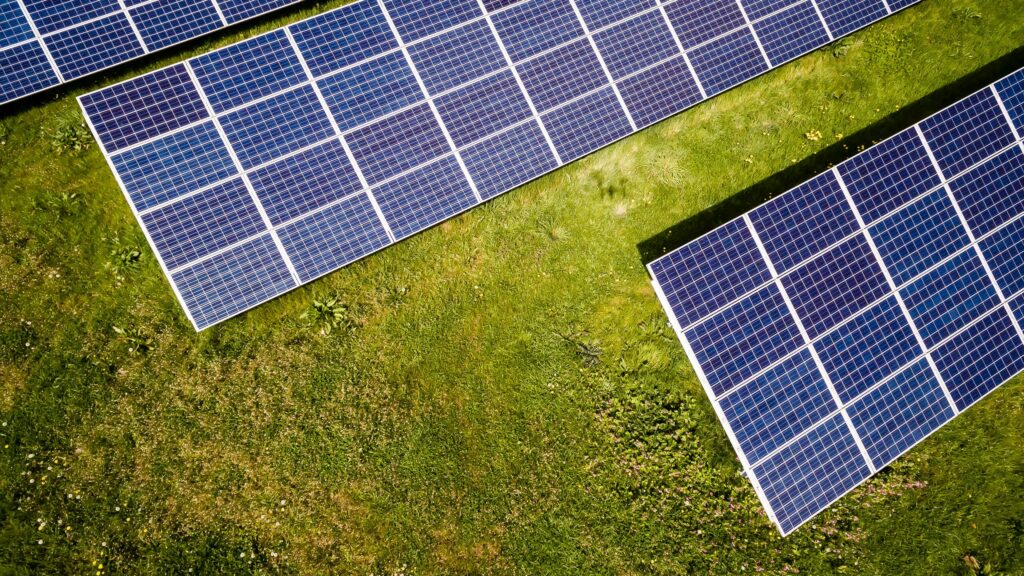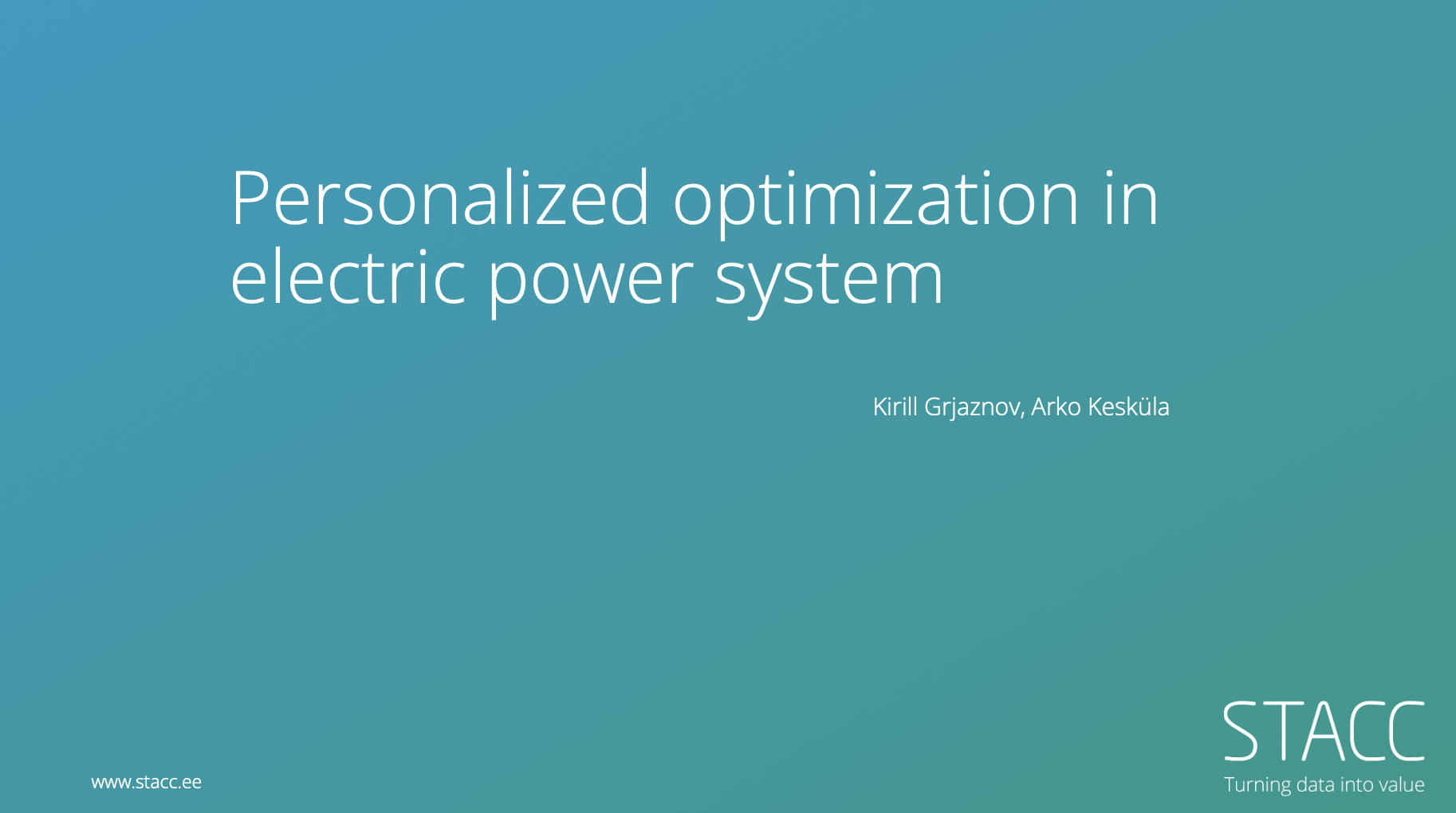In the quest for a cleaner, greener future, the ability to predict solar panel production allows us to manage energy balance more accurately and efficiently. In Estonia, solar energy contributes around 7% to total energy production in 2022, and the momentum is growing. As the world pivots towards sustainable solutions, accurately forecasting solar energy becomes crucial. Imagine a world where we seamlessly anticipate our solar panels’ energy output, optimizing our usage and contributing significantly to a planet-friendly future.
Weather insights are crucial for solar energy forecasting
But how do we predict something as dynamic as solar energy? It’s a mix of understanding the weather, knowing our solar panels, and recognizing the patterns in energy production. At STACC, we tap into The Global Forecast System (GFS) for weather insights. We consider factors like air temperature, cloud cover, and radiation flux. Technical details matter, too – like a solar park’s capacity, location, and panel angles. However, historical data can fill the gaps, creating a reliable time-traveling dataset.
Harnessing the power of Random Forest for solar energy forecasting
Our secret sauce? A practical and efficient model that thinks fast. We chose a decision tree-based approach called a random forest. It’s quick and adept at understanding daily and yearly cycles. We transformed time into a cycling representation to catch the rhythm of the day and year. And since we had data from various solar parks, we made our model versatile by training it on percentages of maximum capacity rather than raw energy values.
K-Nearest Neighbor as plan B if something goes wrong
But what if weather forecasts decide to play hide-and-seek? No worries, we have a Plan B. We switch seamlessly to our backup model, like having a reliable friend. Using historical data and the k-nearest neighbours (KNN) algorithm, we figure out what similar days in the past were like. It’s our safety net for unpredictable situations.
Solar energy prediction accuracy
Now, onto the all-important question – how good is our crystal ball? We measure it with mean percentage absolute error (MAPE). But here’s the catch: night hours bring many zeros, making calculations tricky. So, we use the weighted mean percentage absolute error (wMAPE) as our primary guide. Tested rigorously, our model consistently scores an impressive 22-25% on a separate dataset. For comparison reasons, Elering, a prominent player, has a wMAPE of approximately 30-31% when predicting solar energy production.
In a nutshell, our model’s accuracy and speed, coupled with a reliable backup, mark a significant step towards a cleaner energy future. By blending weather know-how with machine learning, STACC not only forecasts solar energy accurately but also has a safety net for those times when forecasts decide to play hard to get. It’s a journey towards a brighter, greener horizon for us all.
If the weather also makes your business challenging to predict, then it’s the right time to contact us!









